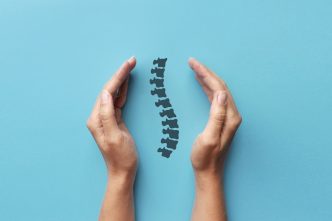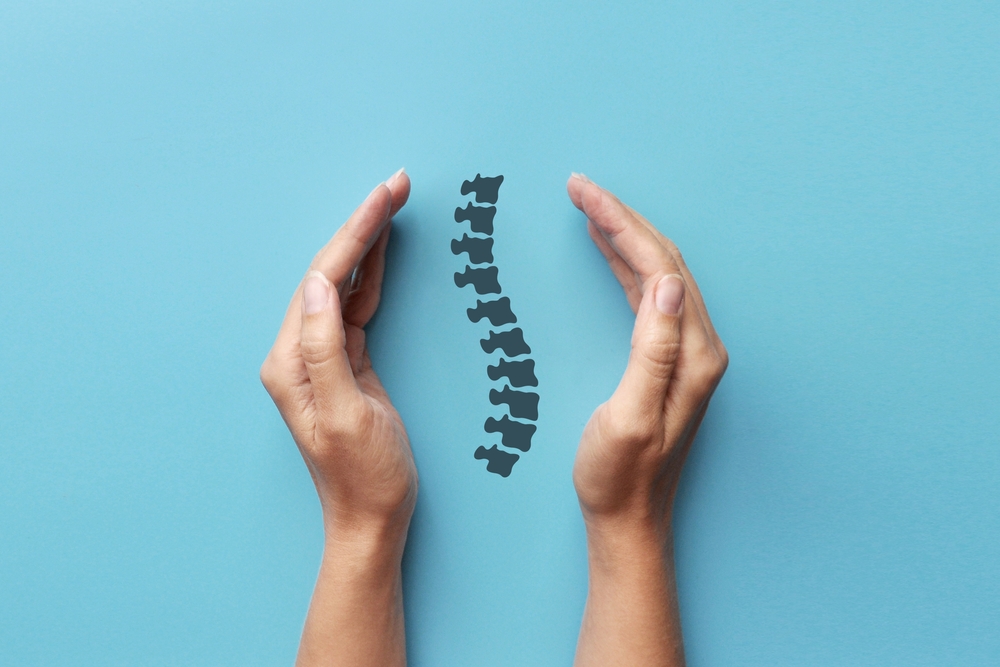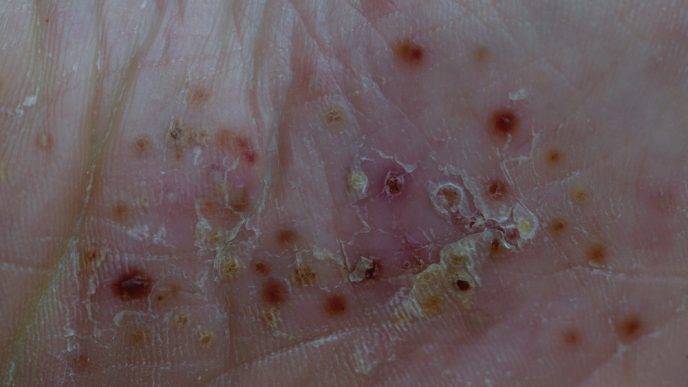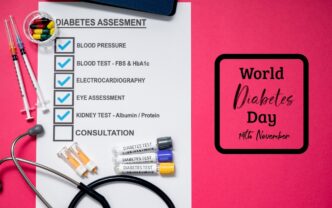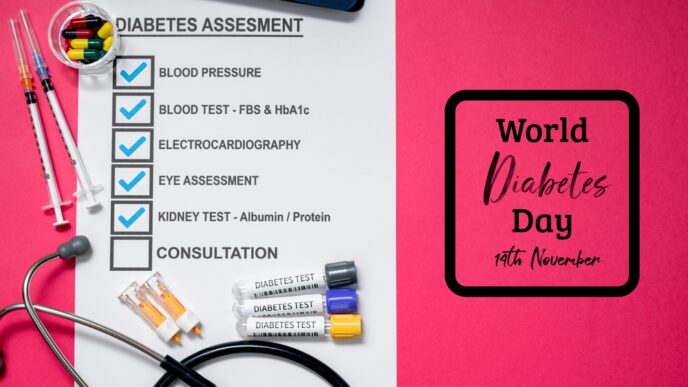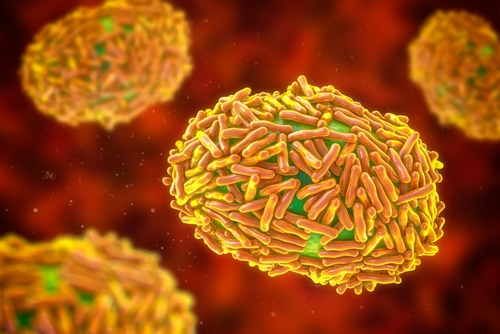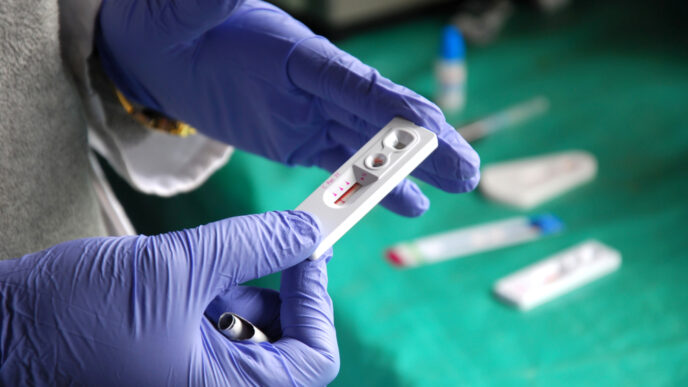WORDS LIM TECK CHOON
 FEATURED EXPERT FEATURED EXPERTDR SAW LIM BENG Consultant Spine Surgeon Sunway Medical Centre |
DR SAW EXPLAINS WHAT SCOLIOSIS IS
- “Scoliosis is a condition where a patient’s spine exhibits an abnormal lateral curvature,” says Dr Saw. The most common types of spine curvature are C-shape and S-shape.
- In Malaysia, data reveals around 2.55% of young adults between 13 and 15 have been diagnosed with scoliosis.
HOW SCOLIOSIS AFFECTS ADULTS
Adult Idiopathic Scoliosis
This type of scoliosis develops during one’s childhood or teenage years but becomes more severe and causes issues when one becomes an adult.
Based on Dr Saw’s personal experience, about 50% to 70% with idiopathic scoliosis have minor spinal curve of less than 20-30 degrees. Their scoliosis can become more severe due to degeneration at later adult age.
This group of scoliosis patients typically will be observed by the doctor with regular follow ups to monitor their spinal curve and treat any issues they may face due to their condition.
De Novo Scoliosis
Also called adult scoliosis, it develops in adulthood due to spine degeneration as a result of ageing.
Risk factors of developing adult scoliosis include:
- Lack of paraspinal muscle strength due to inadequate exercise
- Poor bone quality
- Long-term labour-intensive work
- Poor back care or posture
- Spine fractures at a young age
IMPACT OF SCOLIOSIS ON ADULTS
- Back stiffness or pain, particularly in areas where the facet joints are compensating for the imbalance.
- Spinal nerve compression, which may cause leg numbness, weakness, and difficulties in walking.
- Dr Saw adds that when the thoracic spine is involved, it can lead to reduced exercise tolerance and respiratory distress.
HENCE, IT IS IMPORTANT TO SEE A DOCTOR FOR PROPER DIAGNOSIS & TREATMENT
- “To accurately diagnose scoliosis, an X-ray is the best tool as it allows for precise determination of the severity of the condition,” Dr Saw explains.
- He adds: “Additionally, a spine magnetic resonance imaging (MRI) analysis is conducted to assess any nerve compression.”
- Dr Saw further explains that these diagnostic tools are crucial for evaluating the severity of scoliosis and for tailoring a treatment strategy with spine surgeons.
HOW IS SCOLIOSIS IN ADULTS MANAGED?
- Dr Saw shares that treatment is often tailored based on the specific needs and conditions of each patient, to optimize outcomes and enhance patients’ quality of life and expectations.
- This personalized strategy considers various characteristics of each patient, including the severity of the spinal curvature, age, overall health status, bone quality, lifestyle habits, and specific symptoms.
Conservative Approach
- Often involve physiotherapy or exercises like swimming, pilates, and yoga to improve spinal flexibility and strength as well as the use of medication to relieve pain or muscle tension.
- Useful to improve pain and quality of life without undergoing surgery.
- Dr Saw tells us that most adults with scoliosis are able to live a quality life with this approach.
Surgery
- Necessary for some cases of adult scoliosis, such as people with severe spinal curvature or significant neurological or nerve-related symptoms.
- Surgery has its drawbacks. “It can limit spine mobility due to the fixation of the spine, so it is not recommended for patients with mild curves or symptoms,” Dr Saw reveals.
- Because of this, the decision to perform a surgery requires careful consideration of the benefits of surgery against the associated risks.
Fortunately, Dr Saw shares that recent advances in machinery and surgical techniques have paved the way in making the outcome of a surgery far more favourable.
- Precise monitoring of nerves and neurological functioning during surgery.
- Navigation- or robotic-assisted technology to enhance the accuracy of inserting pedicle screws during surgery. For those that also have severe osteoporosis, cement augmented pedicle screws enable better screw engagement to the bone and allow the surgeon to correct the scoliosis and body balance.
Pain Relief
For people experiencing pain but not keen to undergo major surgeries, Dr Saw points to possible options such as radiofrequency ablation technique as well as epidural steroid and various pain block procedures.
“These procedures allow short to moderate period of pain control before the patient’s condition becomes too severe and surgery is necessary,” he says.
Regular Check-Ups and Lifestyle Adjustments
- “Early detection, comprehensive management, and ongoing monitoring are crucial in slowing down the progression of scoliosis and improving overall health outcomes,” says Dr Saw.
- He recommends going for a regular checkup every 2 years.
- Regular exercise is important to maintain spinal flexibility and muscle strength, which can prevent severe complications and enhance the patient’s quality of life. A physiotherapist or physical therapist can advise on the suitable types of exercise that can be safely carried out.
- A combination of vitamin D and calcium supplements can help strengthen bones and reduce the risk of fractures and scoliosis progression.

